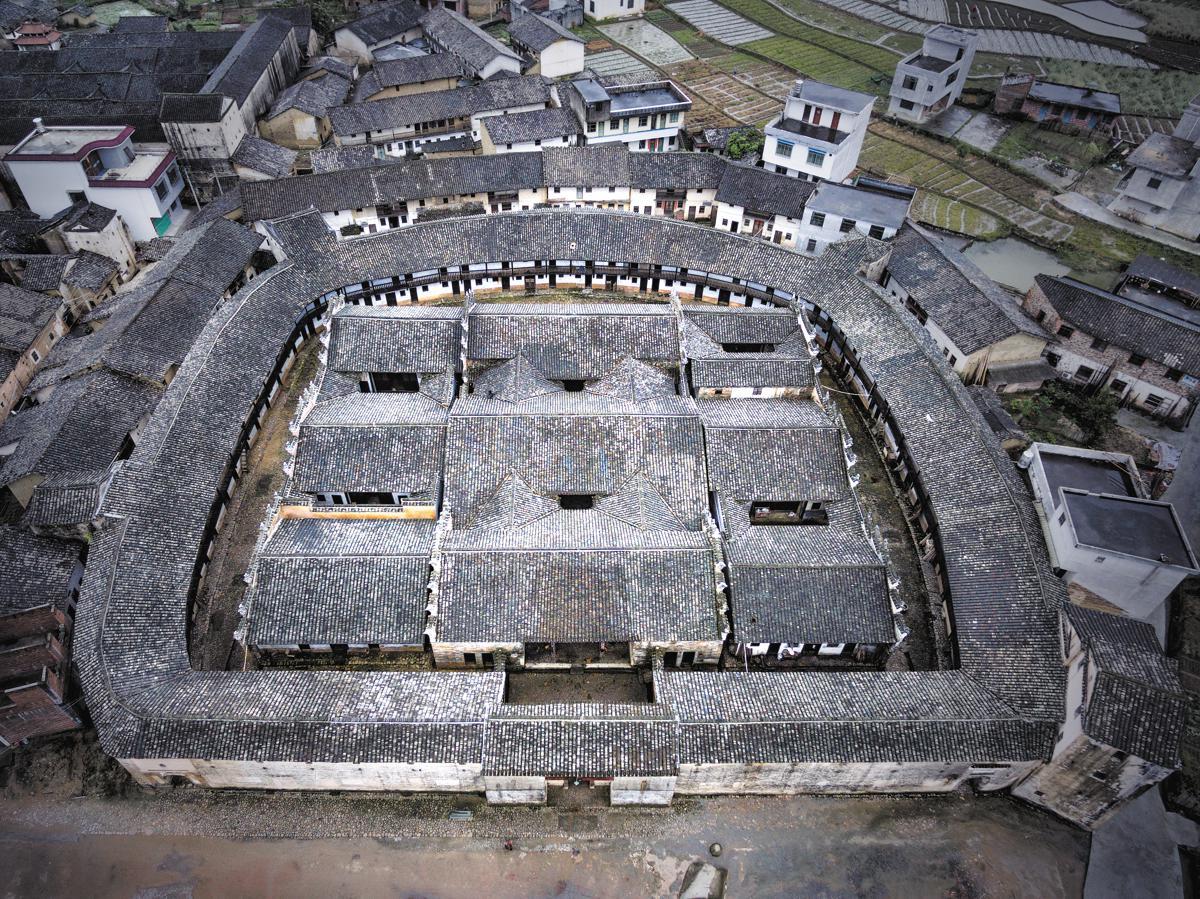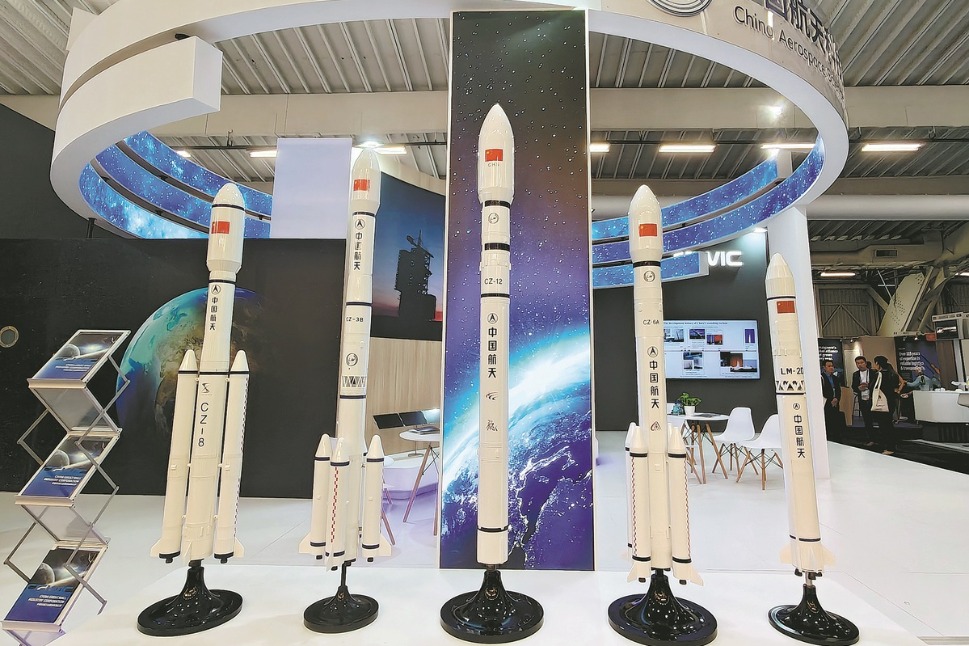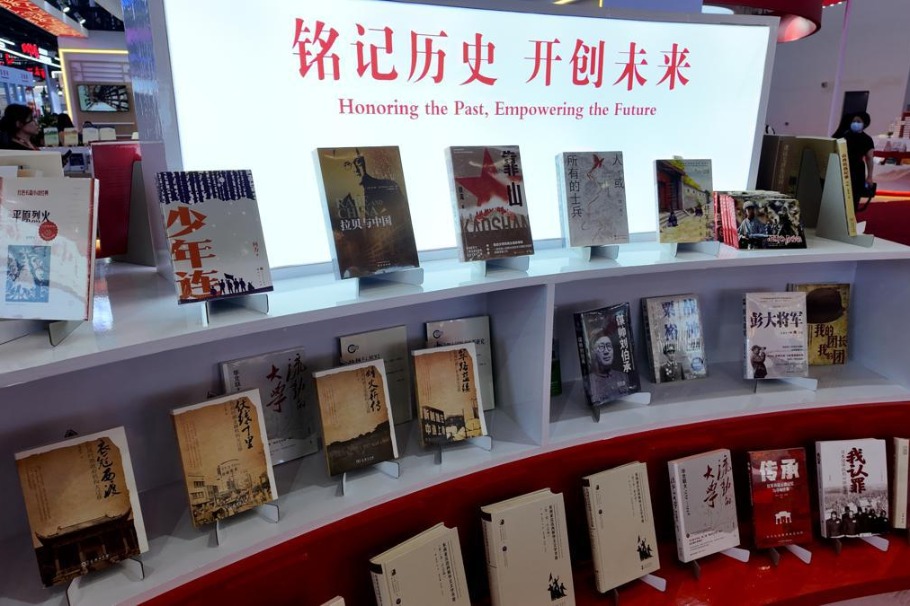On a mission to restore old Hakka houses
Master craftsman fights to protect cultural legacy in southern Jiangxi


When a rare snowfall blanketed Longnan city in Jiangxi province in January 2024, Zhong Yanpeng — a national inheritor of the technique of building Hakka enclosed houses — grew concerned. "These houses are most vulnerable in rainy or snowy weather," Zhong said.
Concerned that the cold weather could endanger these houses, he rushed back from Guangdong province to Longnan.
Zhong arrived equipped with tools and a team of maintenance workers to care for the Yan Yiwei Hakka enclosed house in Yangcun village.
With a history dating back to more than 350 years, the four-story structure is the tallest of a number of old fortified residences in the vicinity of the village.
Nestled in the mountains, Hakka enclosed houses — similar to tulou found in the neighboring Fujian province — have their origins in the late Ming Dynasty (1368-1644), when migrants from northern China settled in the south.
These migrants, known as the Hakka, which means "guest families", adapted to their new environment, developing their own dialect, customs and unique architectural style.
Jiangxi is home to over 500 historical Hakka round houses, with 376 of them located in Longnan. Due to their imposing structure, some architects liken them to Oriental Roman Castles.
With decades of experience in repairing Hakka enclosed houses, Zhong has worked on numerous structures, including Guanxi Xinwei, Yan Yiwei, Wushiwei and Xichangwei.
After conducting a routine inspection, Zhong lightly tapped the walls of the enclosed houses with a small hammer, saying, "The rammed earth is still tightly compacted."




































